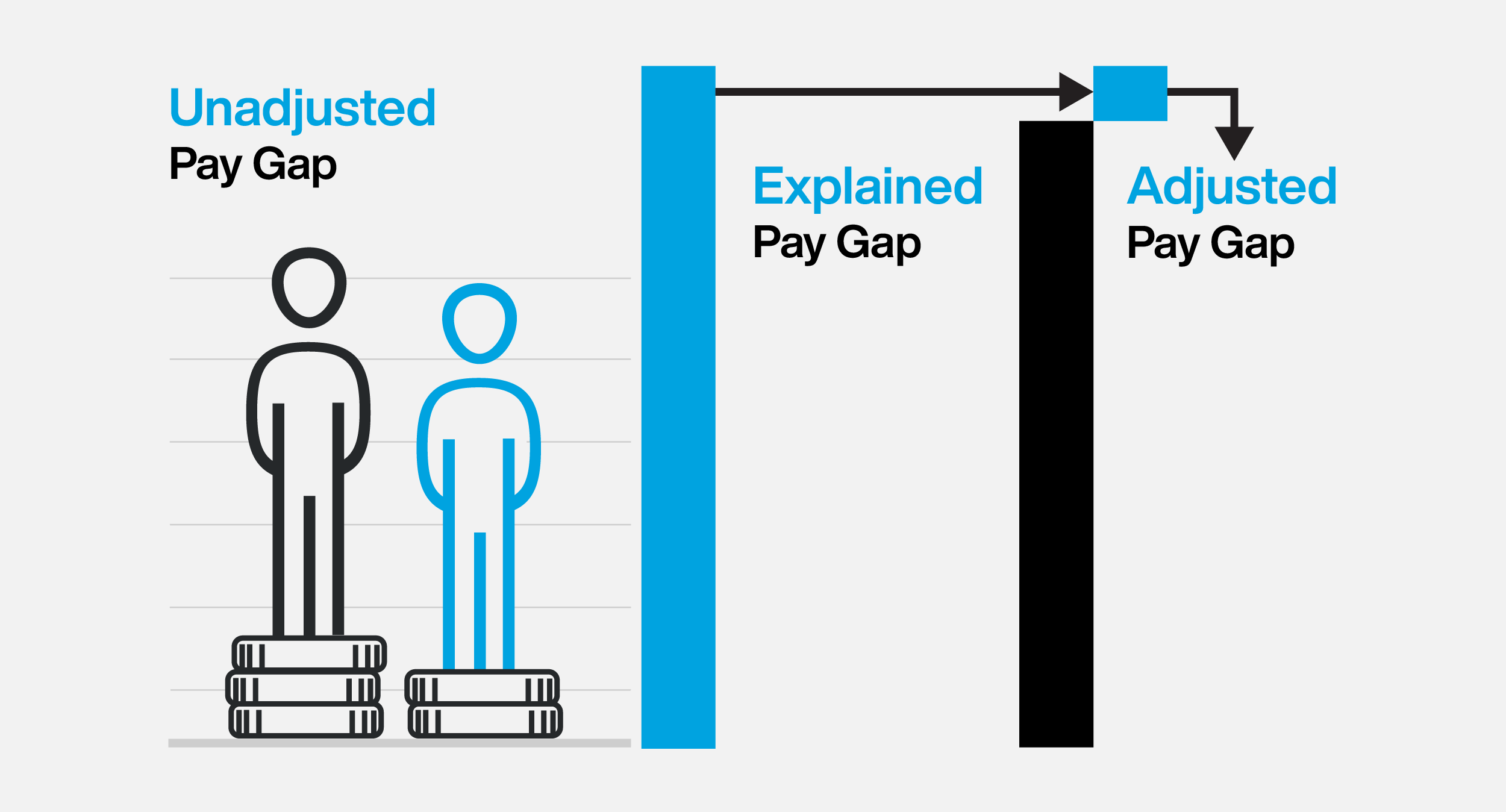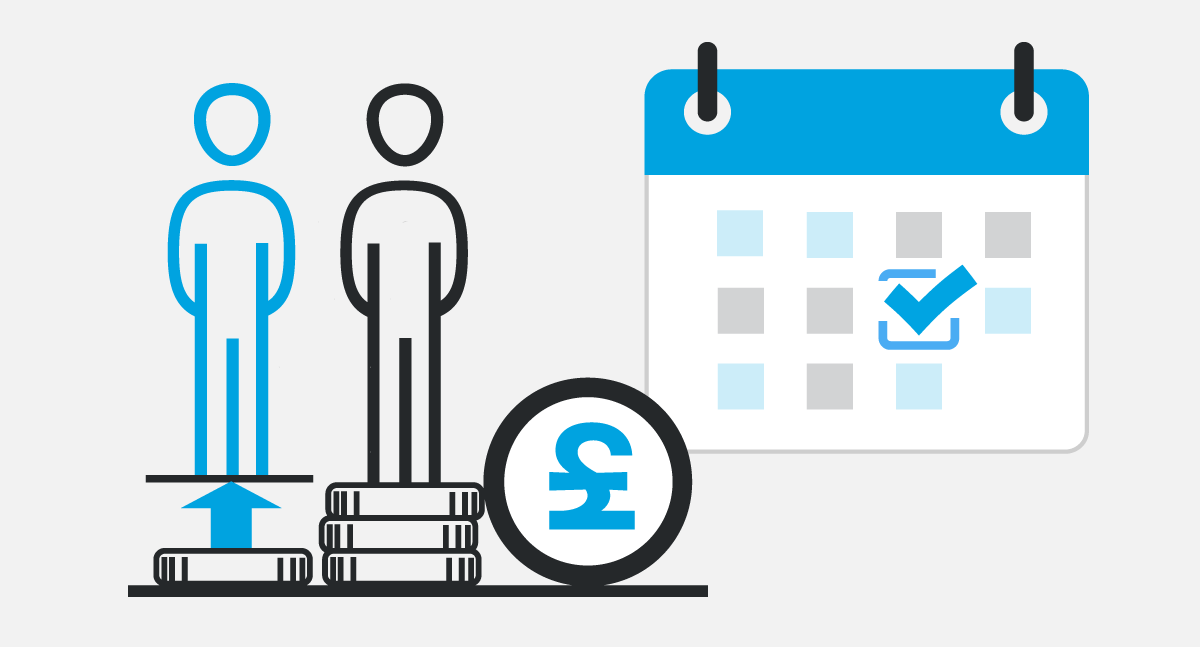Lilly Ledbetter, an equal pay activist who inspired the Fair Pay Act of 2009, died Oct. 14 at the age of 86.
Ledbetter’s personal story sparked her interest in pursuing equal pay legislation. She worked for 19 years at a Goodyear Tire & Rubber Company plant in Alabama when she was sent an anonymous note. The note indicated she was making $2,000 a month less than what men were receiving in the same supervisory job.
Ledbetter sued for sex discrimination in 1999 in federal court in Alabama, and was awarded $3.8 million in backpay and damages. However, the decision was reversed on appeal. She pursued the case to the U.S. Supreme Court, which also ruled against her in 2007, noting her claim should have been filed within 180 days of receiving her first unequal paycheck, citing a narrow interpretation of the law.
Justice Ruth Bader Ginsberg wrote in her dissent that it was nearly impossible for Ledbetter to have known of her unfair pay in such a time period. Thus, to prevent this from occurring again, Congress passed the Lilly Ledbetter Fair Pay Act in 2009. This was the first piece of legislation President Barack Obama signed into law, greatly expanding the scope of the statute of limitations for fair-pay claims.
This piece of legislation transformed the pay equity landscape in several ways, according to the National Women’s Law Center. Namely, the Act promotes voluntary compliance by employers and responds to workplace realities:
- Employers will have a strong incentive to eliminate any discriminatory compensation practices because they will continue to be on the hook for discriminatory pay practices. The Act also eliminates the incentive created by the Ledbetter decision for employers to hide discrimination.
- The Act enables individuals to challenge continuing pay discrimination, ensuring both that employees are not penalized if they are initially unaware of the discrimination and that they remain able to challenge pay discrimination that is compounded by raises, pensions, and other contributions over time.
Ledbetter’s Impact on Pay Equity
Ledbetter’s fight for equal pay, ultimately leading to the Fair Pay Act, ensured that organizations could no longer ignore or foster inequitable pay practices.
Ledbetter’s disparity in pay added up to more than $200,000, as well as lowering her pension and Social Security benefits. Ledbetter never received any back pay or other financial compensation for her efforts.
“Goodyear will never have to pay me what it cheated me out of,” she recalled saying after the 2009 signing ceremony at the White House. “In fact, I will never see a cent. But with the president’s signature today I have an even richer reward.”
Despite Ledbetter never receiving any compensation, she set the precedent for other employees to pursue pay discrimination claims. A litany of cases have manifested in the years since, and pay equity related legislation continues to be implemented across the country.
Progress on equal pay, however, remains somewhat stagnant. After positive movement on the gender pay gap in 2022, the gap widened in 2023, according to the U.S. Census Bureau data. In 2023, women working full time earned 83 cents on the dollar compared to men, down from a historic high of 84 cents in 2022. It’s the first time the gap has widened since 2003.
This data underscores the need for organizations to remain diligent in their pay equity efforts.
How Your Organization Can Achieve Pay Equity
There are four compelling reasons to strive for pay equity at your organization:
- Ethical imperative — it’s fundamentally the right thing to do.
- Legal imperative – the legal imperative for organizations to prioritize pay transparency is underscored by a rising number of pay discrimination lawsuits—both class action and non-class action—an increase in EEOC pay discrimination cases, and significant settlements, highlighting the urgent need for compliance and proactive equity practices to mitigate legal risks.
- Compliance imperative — jurisdictions worldwide are mandating providing good faith salary ranges on job advertisements and reporting pay gap information across gender and race/ethnicity.
- Business imperative — being transparent about pay can significantly differentiate your company in a competitive talent market. 87% of employees agree job postings should have a salary range. 80% say it’s likely or highly likely they wouldn’t apply to a job that lacked salary information. Job postings that include salary data receive 50% more applications.
As more pay transparency and pay data reporting laws begin to come into force, it’s imperative to partner with a legally-compliant pay equity software partner.
Trusaic’s pay equity software product suite and expert support enables you to develop a cohesive pay equity strategy that will ensure compliance and integrate into your total rewards and talent management strategy seamlessly.
Our three-pronged approach is a cut above other solutions:
- Leverage the Regulatory Pay Transparency solution and easily complete required reporting by compliance deadlines.
- Leverage PayParity® to understand, explain, and resolve pay disparities. And now, with R.O.S.A., you can optimize the spend of your remediation budget to ensure you are maximizing the ROI of each dollar spent.
- Leverage the Workplace Equity product suite to communicate narratives and share salary ranges with confidence. Communicate the sources of your pay gaps, progress objectives, and corrective measures to employees and internal stakeholders. Show data-backed progress in your pay gaps over time.
Our comprehensive workplace equity software solutions and on-demand expert support is with you every step of the way. With Trusaic, you can proceed with confidence, knowing you are working toward achieving pay equity with the backing of methodology that is legally compliant.




